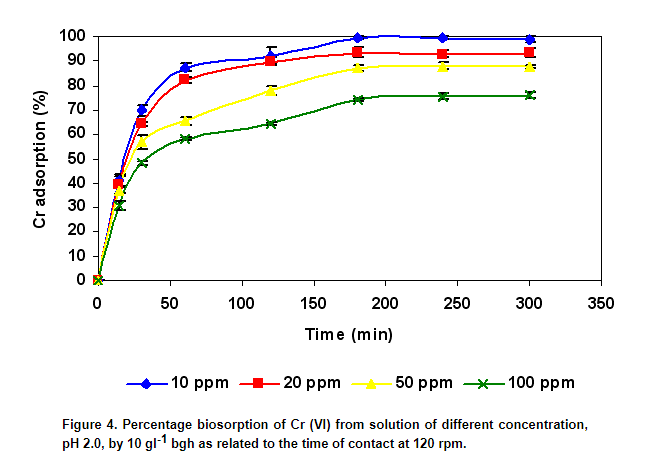Hotspots of solar potential in India
Solar hotspots are the regions characterized by an exceptional solar power potential suitable for decentralized commercial exploitation of energy. Identification of solar hotspots in a vast geographical expanse with dense habitations helps to meet escalating power demand in a decentralized, efficient and sustainable ma...
Milking Diatoms for Sustainable Energy: Biochemical Engineering versus Gasoline-Secreting Diatom Sola
In the face of increasing CO 2 emissions from conventional energy (gasoline), and the anticipated scarcity of crude oil, a worldwide effort is underway for cost-effective renewable alternative energy sources. Here, we review a simple line of reasoning: (a) geologists claim that much crude oil comes from diatoms; (b) di...
Insights to urban dynamics through landscape spatial pattern analysis
Urbanisation is a dynamic complex phenomenon involving large scale changes in the land uses at local levels. Analyses of changes in land uses in urban environments provide a historical perspective of land use and give an opportunity to assess the spatial patterns, correlation, trends, rate and impacts of the change, wh...
Spatial mapping of renewable energy potential
An energy resource that is renewed by nature and whose supply is not affected by the rate of consumption is often termed as renewable energy. The need to search for renewable, alternate and non-polluting sources of energy assumes top priority for self-reliance in the regional energy supply. This demands an estimation o...
Biosorption of chromium (VI) from aqueous solutions by the husk of Bengal gram (Cicer arientinum)
The potential to remove Cr (VI) from aqueous solutions through biosorption using the husk of Bengal gram ( Cicer arientinum ), was investigated in batch experiments. The results showed removal of 99.9% of chromium in the 10 mgl -1 chromium solution, the biomass required at saturation was 1 g mg -1 . Kinetic experiments...




















